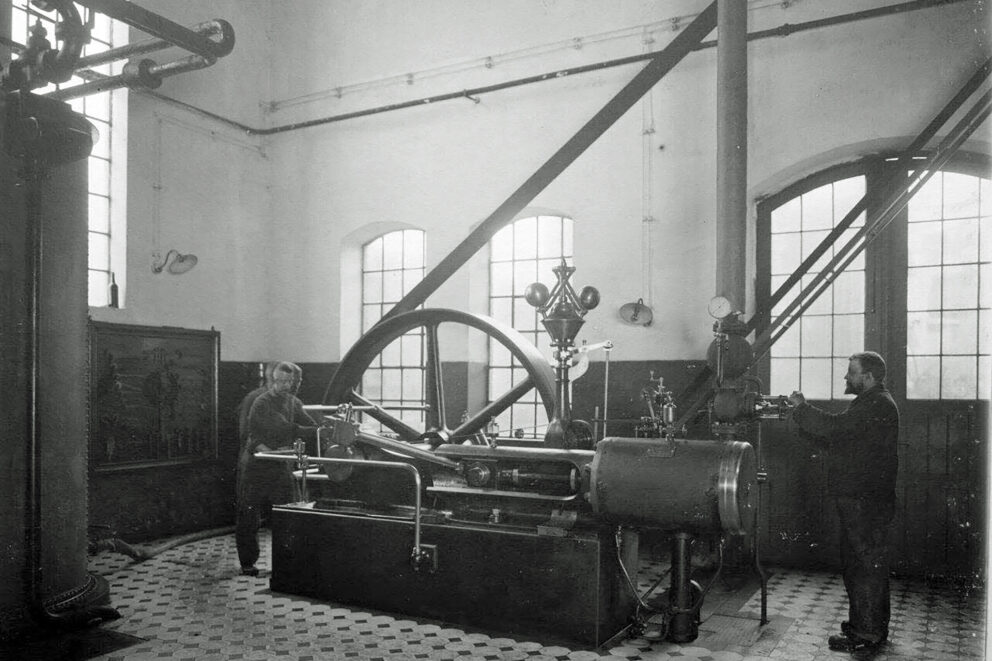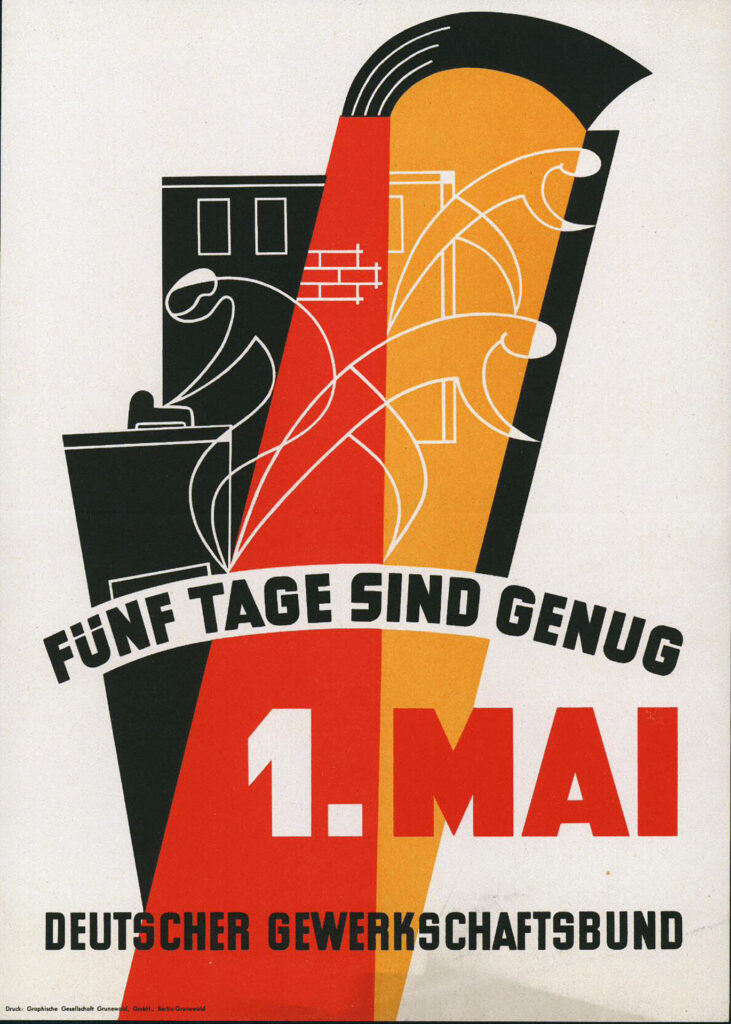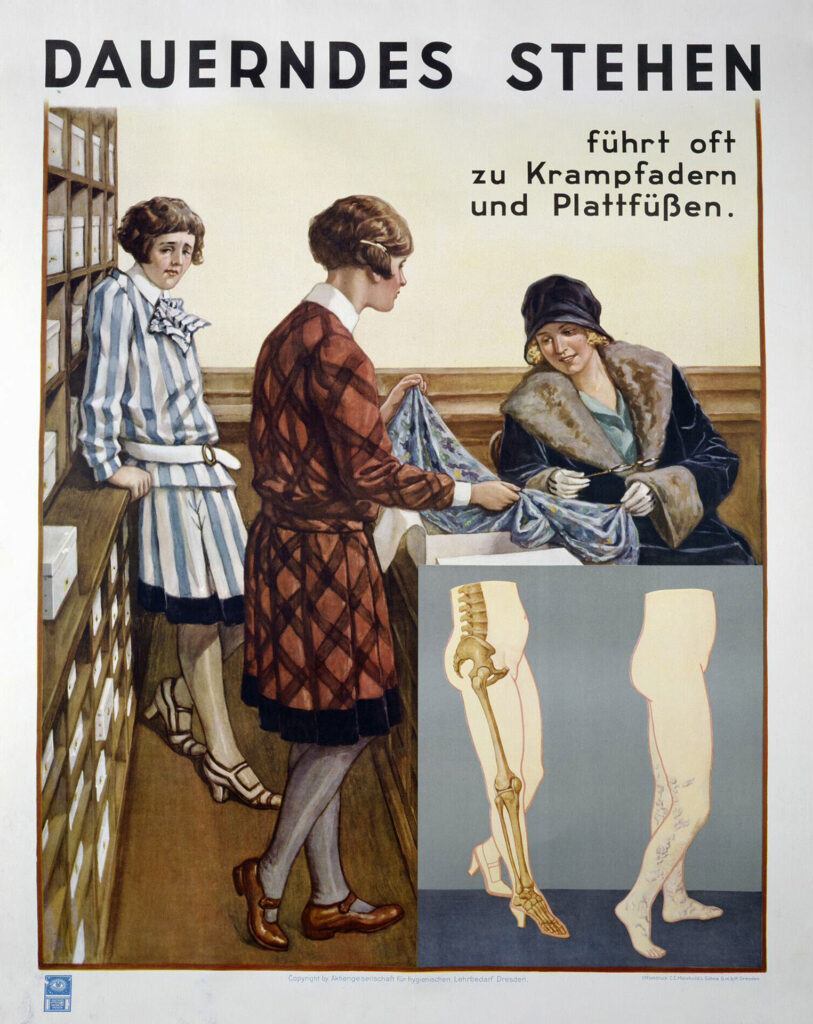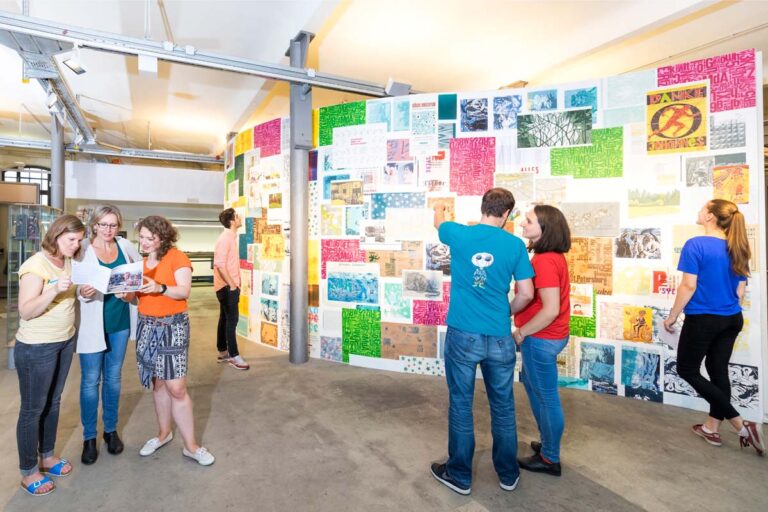About the Museum of work What moves the gateway to the world
More than any other location in Hamburg this listed building complex exemplifies Hamburg’s industrial culture and heritage.
The former factory site of the New-York Hamburger Gummi-Waaren Compagnie of 1871, now a listed building complex, has become home of the Museum of Work. The former boilerhouse, built in 1896, today houses the museum workshops. The “Neue Fabrik” (new factory), built in 1908, accommodates the exhibition halls of the museum. In the “Alte Fabrik” (old factory), built in 1871, a choice of rooms on the ground floor and first floor are available for hire as well as for special exhibitions and events.
The former gatehouse, which still is to be refurbished, holds the museum’s lithographic printshops. The former tin foundry today houses the cultural centre “Zinnschmelze”. More than any other location in Hamburg this listed building complex exemplifies Hamburg’s industrial culture and heritage.

The key landmark is T.R.U.D.E., the former cutter head from the world’s largest tunnel drilling machine, which was used during the construction of the fourth tunnel of Hamburg’s Elbtunnel.
Since 1 January 2008 the Museum Of Work and its branch Speicherstadtmuseum belong to Stiftung Historische Museen Hamburg.

The history of the museum – a museum for everybody



Hands-on experience










